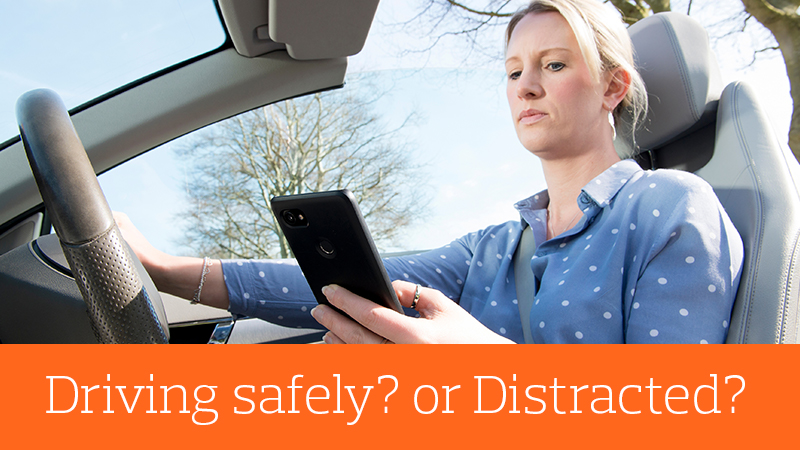TRL is calling for further research into distracted driving to address fundamental flaws in existing legislation. This comes off the back of promising news that the Department for Transport (DfT) are looking to close a technical gap in the current mobile phone law whereby interactive communication functions are covered but standalone functions are not. The proposed modification would ensure that when a driver chooses to handle a mobile phone while driving, for any purpose, they would be committing a criminal offence.
In response to this latest consultation, TRL concluded that within the context of the law already being focused on hand-held device use, the suggested changes are sensible. However, its broader position is that the current law, and the proposed new one, represent another missed opportunity to consider the research evidence on distracted driving more widely.
The next step must be for further research to inform regulation which moves beyond the current simplistic understanding of distraction being about ‘holding’ versus ‘not holding’. A focus on banning hand-held device use could even legitimise the use of other interaction modes with mobile devices or in-vehicle alternatives, many of which are still fraught with danger based on research TRL has completed. There is a lack of understanding and regulation around the real levels of distraction, and impacts on safety, which are acceptable. This can only be addressed through further examination.
Shaun Helman, Chief Scientist at TRL, explains: “The focus on ‘hand-held’ devices misses the point – drivers’ eyes and minds must be on the road and it is not enough to only ensure that their hands are on the steering wheel. As a society, we must be braver in what we demand from drivers, from policy and from design in road safety. We must ask whether we are happy for people to be driving below their optimum performance level, and if so, how far below? In short, how safe is safe enough?”

